DEFINE ADVENTURE. For others, the idea of adventure seems impossible today when the vast jungles, great rainforests and ancient lost cities have been explored and discovered. It seems that everything has been mapped out leaving this generation and the next with third-hand adventures through vlogs and travel shows.
But the authentic adventure is not a race on who gets there first. It can be as simple as a road trip with friends on newly constructed roads around the mountainside to meet new generation of tribes who kept the ancient traditions of their forefathers intact. For the third leg of our trip around the Cagayan Valley Region, my friends Rod and CJ brought me to Quirino Province to meet the Bugkalot and Agta tribes of the Sierra Madre.
QUIRINO PROVINCE. Located at the southeastern section of the Cagayan Valley Region, Quirino is landlocked by the provinces of Isabela, Nueva Vizcaya, and Aurora. The great mountain range of the Sierra Madre provides Quirino with a natural barrier from tropical storms that enters the country from the Pacific Ocean in the eastern seaboard. The province was established in 1971 and was named after Philippine president Elpidio Quirino.
Driving from a newly constructed highway that connects Isabela to Quirino, Rod pointed the pale blue Mamparang mountain range as our destination. In preparation for this journey, we had Ilocano dishes for brunch at a solitary restaurant along the highway. For the next hour, we traveled across smooth roads with views of rice fields and rolling hills and crossed a couple of iron braced bridges, then the hood of our vehicle turned up skywards. We’ve reached the mountainside.
MOUNTAIN DWELLERS. Before the creation of Quirino Province, this forested region was part of Nueva Vizcaya. It is inhabited by Negritos. This pre-historic tribe is also called Aeta, Ita, Agta, Dumagat, and Baluga. Like their ancestors, hunting and fishing is their way life. They build temporary shelters at the heart of the jungle and then leave their planted clearing to roam in familial clusters around forest to find source of food.
On one side of the mountain road, we spotted a makeshift stall with wild, bright red rambutans. It is run by an Agta family who introduced us to their tribal elder.
MEETING THE AGTAS OF QUIRINO. From the main road we climbed the slope to enter the Agta settlement in this part of Qurino. The Agtas are brown skinned. Have wavy or kinky hair. Relatively short in height. Occasionally, mountain hunters still wear the traditional loin cloth and the women wear colorful tribal beads around their neck.
We spent a few minutes with the Agta children and listening their their tribal elder. One of the topics that surfaced during our conversation was the issue on ancestral domain. Due to massive deforestation and land grabbing in the area, the Agtas are being forced out of their ancestral land. Although a nomadic tribe, the government must recognize the historical fact that the Agats practically own the mountain because it has been the home of their forefathers since prehistoric times.
NAGTIPUNAN TOWN. By afternoon we descended from the mountains into the valley called Nagtipunan. Geographically speaking, the town was called as such because it is a convergence point of the different tributaries of the Cagayan River. The local government made developments in the area to make it suitable for touristic activities like water sports, rock climbing and sightseeing tours.
In oral tradition, Nagtipunan was named by the different tribes as a shared area among the Agtas, Illongots, Ifugaos, Gaddangs, and Ibanags where they conducted trade and crossed the valley, immune from attack from warring tribes and unscathed from the headhunters.
ILONGOT. Known locally as the Bugkalot, the Ilongot were known for their distinct tribal accessories and headhunting tradition. In the town of Nagtipunan, Adangsel Nangitoy Jr. introduced us to tribal elder Atgeb Casecpan. Although received a Christian name as Pastor Danny Dominguez, he did not abandoned the tradition of making tribal accessories fashioned from glass beads, tassels, and mother of pearl trimmings that were put together employing a delicate wiring or weaving technique.
An heirloom accessory of the Ilongot that is brought out for special occasions is the Ilongot hornbill headress. It was worn by fiercest headhunters of the tribe. It is made up of the beak and skull of the hornbill mounted on the delicate bamboo frame and adorned with red tassels and mother of pearl platelets. Danny narrates that the tribe do not make them anymore since hornbills are endangered birds and headhunting rituals has seized a long time ago. But Danny continues make headhunting blades and their miniature versions for tourist trade.
ILONGOT HEADHUNTING TRADITION. Bladed weapons of the Ilongot were made from traditional agricultural and hunting tools. Those used for warfare or headhunting were usually made for the purpose. Adangsel introduced us to the iteng, a short blade resembling a scythe was used for kaingin and cutting grass. For head hunting, warriors used the tagyaden, badass looking curved bolo. It used with a precise backhand swing to chop the head of the enemy. Blade handle and sheath are decorated with beadworks, tassels, and metallic embellishments.
Headhunting tradition among the early Ilongot was a form of expression of bereavement. During a state of grief, the tribe would go for a killing spree. Severing heads of a member an enemy tribes and an outsiders meant acquiring an amet, the spirit of the beheaded that was necessary for emotional balance and for cultural regeneration. This ritual was also practiced when human head was offered as wedding dowry. Pastor Danny assured that this murderous practice has been abandoned by the Bugkalot.
EPILOGUE: NAGTIPUNAN CROSSROAD. Washing the gore from headhunting ritual stories, Adangsel brought us to the Siitan River Park.
It boast of a curtain of limestone walls jutting out from a placid, emerald green river. This area served a shared fishing and hunting ground for ancient tribes that passed the Nagtipunan crossroad.
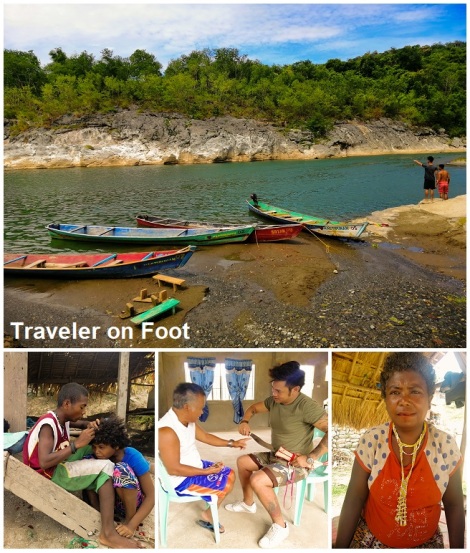
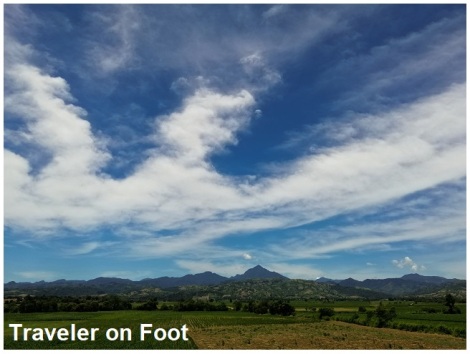
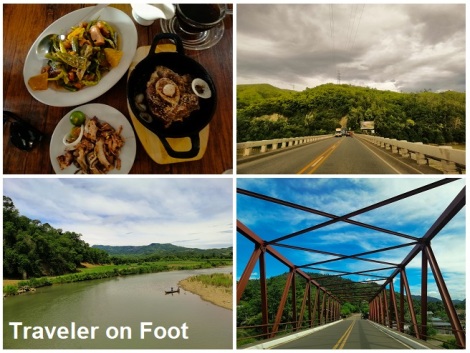
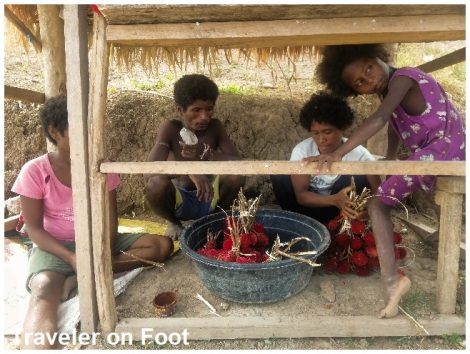
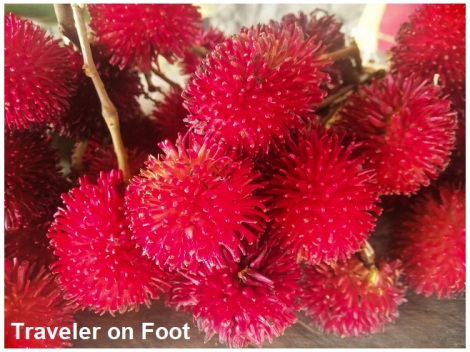
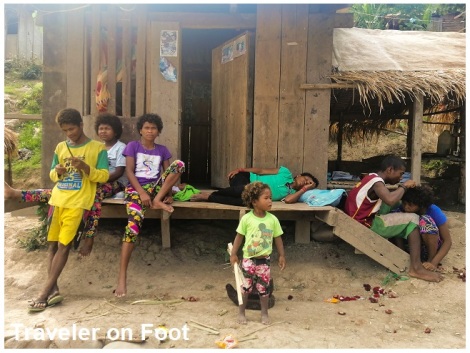

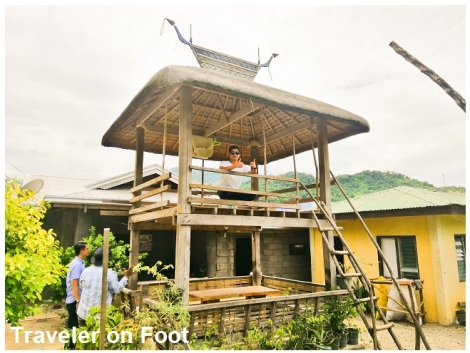
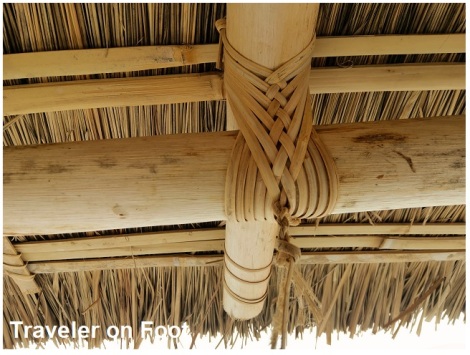
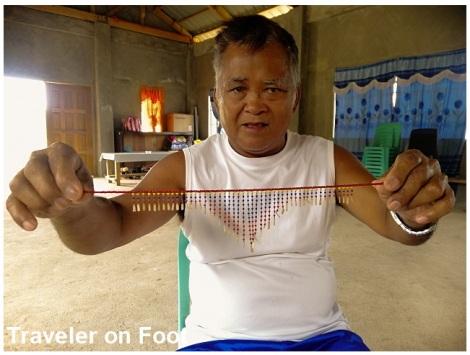
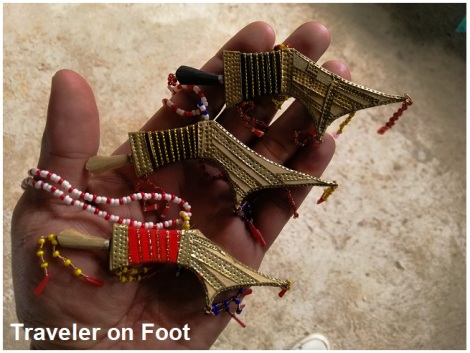
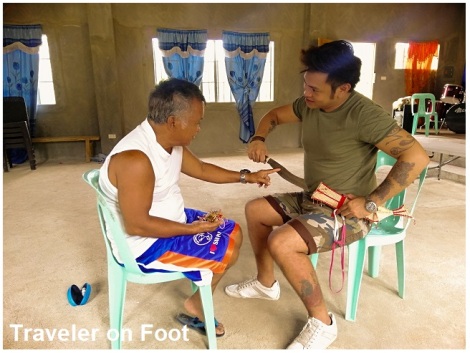
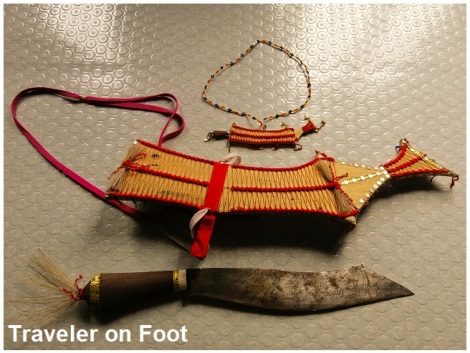
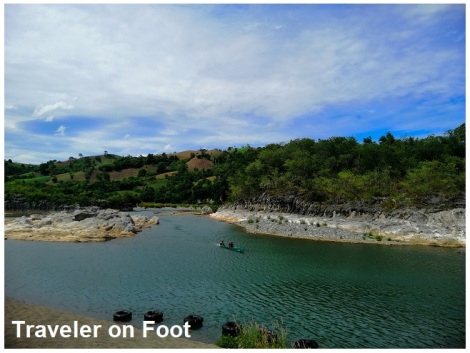
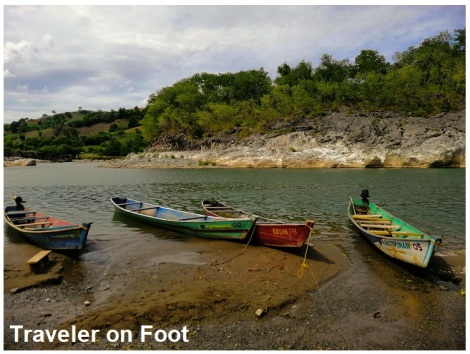
I love your blog. It is full of informative tidbits. Sometimes we need to be more of a tourist in our own country.
Wow interesting and informative! First time I’ve read an explanation about headhunting.
Tribal weaponry is an interesting topic to revisit, AJ. I was about to visit a different town but when I found out that the tribe was in mourning for the passing of their mayor, I have to rethink my trip basing from tribal tradition.
Oh my hahahaha yeah not the best time unless you have a death wish. Anyway, I like your narratives. I was reading your piece on the Manila Central Post Office. Keep up the amazing blog!